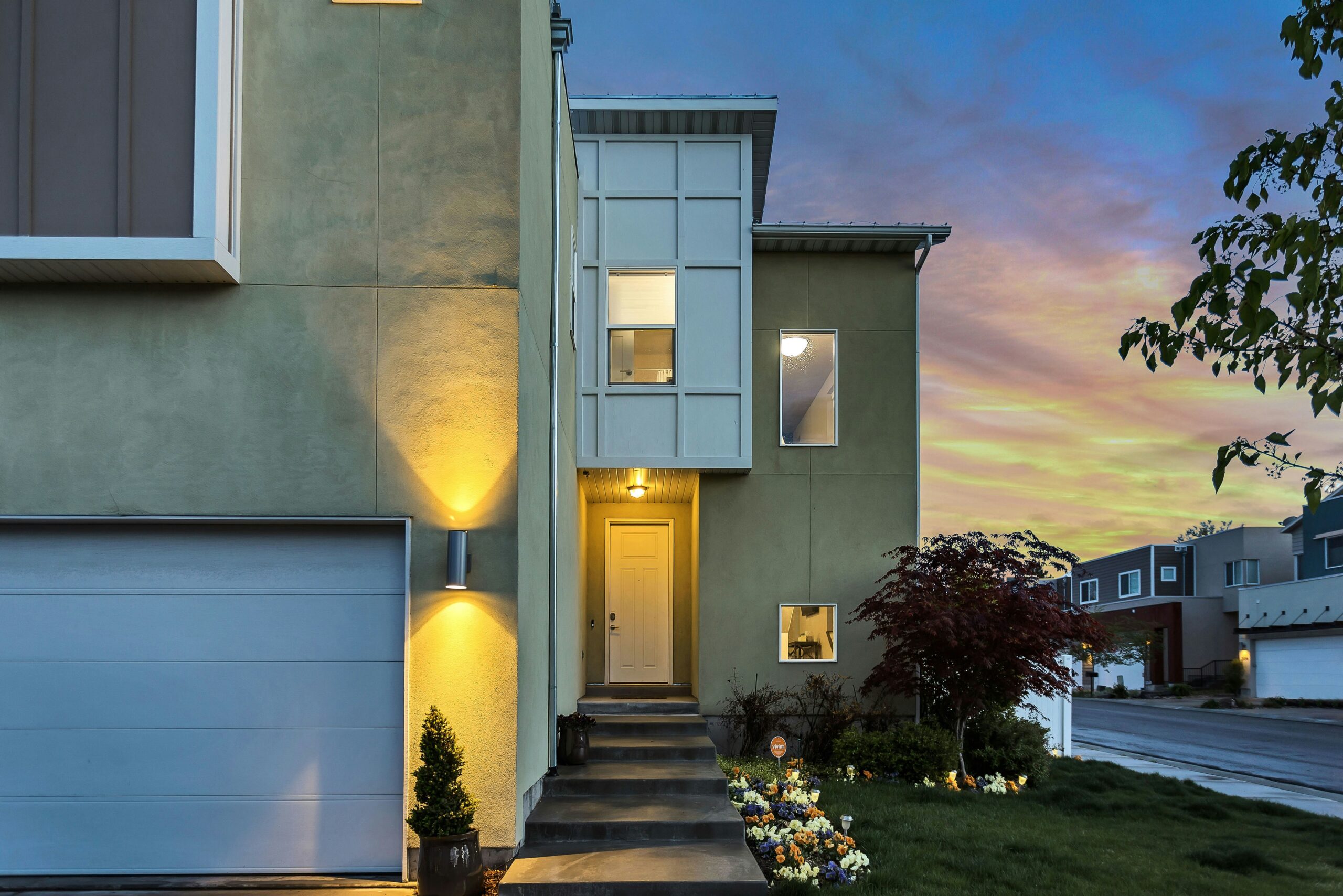
The real estate industry has dramatically transformed recently, with sustainability taking center stage. As environmental awareness grows and eco-conscious lifestyles gain popularity, more homeowners, builders, and investors are now prioritizing green homes. From energy-efficient technologies to sustainable building materials, the evolution of green homes is reshaping how we live. This article explores the emerging trends in green home design and the sustainable features that are changing the real estate market.
Energy-Efficiency Takes the Lead
One of the most prominent trends in green homes is the emphasis on energy efficiency. Today, homeowners are increasingly seeking ways to reduce their energy consumption, and builders are responding by integrating advanced technologies that minimize waste and maximize utility. Solar panels are the most visible of these technologies, allowing homeowners to generate electricity while reducing dependence on fossil fuels. This sustainable energy source lowers monthly energy bills and contributes to a cleaner environment by reducing carbon footprints.
In addition to solar panels, smart home systems are becoming more prevalent in green homes. These systems enable homeowners to control everything from heating and cooling to lighting, all from a smartphone or tablet. By automating these functions, smart home technology ensures that energy is only used when needed, preventing unnecessary waste. Furthermore, energy-efficient appliances such as refrigerators, dishwashers, and washing machines are incorporated into many green homes, reducing energy usage and water consumption. These innovations work in tandem to create a home that is both eco-friendly and cost-effective in the long run.
Sustainable Materials Shape Modern Design
As sustainability becomes a top priority in the housing industry, the materials used in construction are also undergoing a significant shift. Builders are increasingly opting for sustainable materials that have a minimal environmental impact. For example, bamboo is quickly gaining popularity as a renewable resource that can replace hardwood in flooring, furniture, and cabinetry. Bamboo grows rapidly, making it an ideal alternative to traditional timber, and its natural durability ensures that it stands the test of time.
Recycled materials, such as reclaimed wood, metal, glass, and plastic, are also becoming more common in green homes. These materials help reduce waste and minimize the need for new raw resources. Not only does this support sustainability efforts, but it also adds a unique, personalized touch to home designs. For instance, reclaimed wood can create distinctive countertops, flooring, or accent walls, giving homes a rustic, one-of-a-kind appearance. These materials are eco-friendly and contribute to the overall aesthetic value of green homes.
Water Conservation Innovations
Water conservation is another key focus of green home design. With growing concerns over water scarcity and the environmental impact of excessive water usage, more homeowners are looking for ways to reduce their consumption. Modern green homes often feature water-saving appliances, such as low-flow toilets, faucets, and showerheads, significantly reducing water waste without sacrificing performance.
Rainwater harvesting systems are also becoming increasingly popular in green homes. These systems collect and store rainwater for later use, reducing the reliance on municipal water supplies. Collected rainwater can be used for irrigation, flushing toilets, or even washing cars, significantly reducing water bills. This practice helps mitigate the strain on local water systems while promoting a more sustainable lifestyle in areas where water resources are scarce. Additionally, landscaping choices in green homes are designed with water conservation in mind, often using drought-resistant plants that require minimal watering.
Indoor Air Quality Improves Home Health
Indoor air quality is another aspect of green homes that has increased attention recently. Homeowners are becoming more aware of the potential health risks posed by indoor pollutants, such as volatile organic compounds (VOCs) found in paints, cleaning products, and furniture. As a result, builders are choosing low-VOC paints, natural finishes, and non-toxic materials that promote healthier indoor environments.
Ventilation systems in green homes have also seen significant improvements. Advanced HVAC systems now include high-efficiency air filters that remove allergens, dust, and other air pollutants, improving indoor air quality. These improvements create a healthier living space and contribute to the home’s overall sustainability.
The Future of Green Homes
The future of green homes looks promising, with innovations and technologies emerging regularly. As concerns over climate change and resource depletion continue to grow, the demand for eco-friendly homes is expected to rise. Builders and developers will continue to embrace green building practices, integrating new materials and technologies to create homes that are even more energy-efficient, sustainable, and environmentally responsible.
Furthermore, the real estate market will likely see an increase in the availability of green-certified homes. Programs such as LEED (Leadership in Energy and Environmental Design) and ENERGY STAR are becoming more widely recognized, and many homebuyers are actively seeking homes certified for their sustainability. This growing demand will drive even greater innovation in the industry, leading to the development of homes that are not only environmentally friendly but also more affordable and accessible to a broader range of consumers.
Green homes are no longer a niche market; they have become a driving force in the real estate industry. With advancements in energy efficiency, sustainable materials, water conservation, and indoor air quality, green homes offer numerous benefits for homeowners and the environment. As technology continues to evolve and environmental consciousness grows, the future of green homes promises to be even more sustainable, innovative, and impactful.